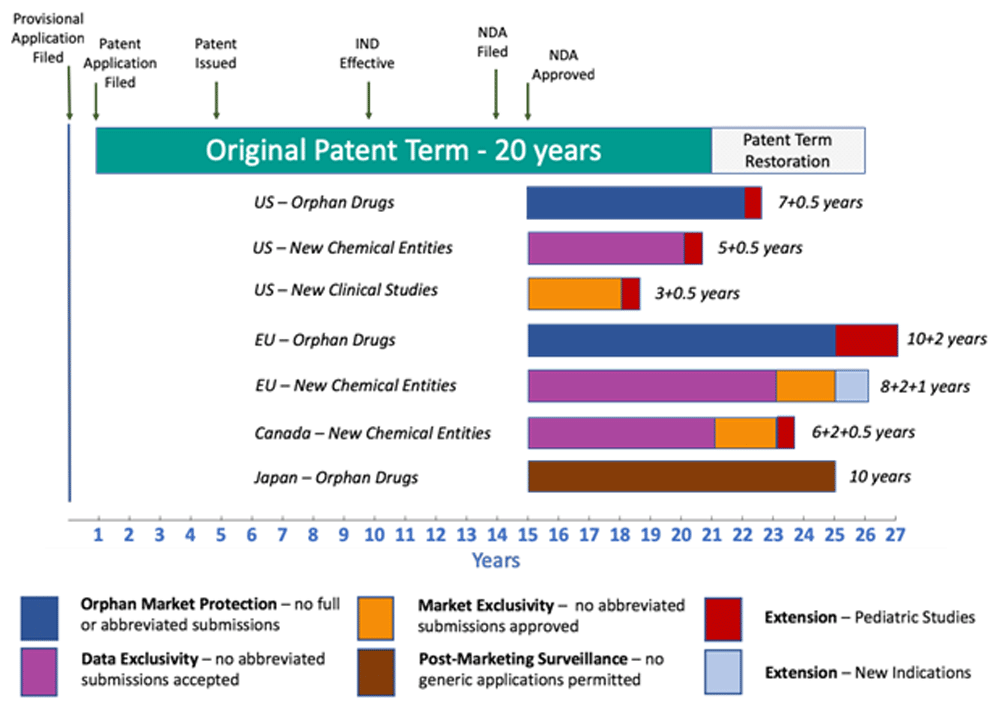The Latin American generic drug market has experienced significant growth in recent years, driven by the increasing demand for affordable and accessible healthcare. However, the region still faces numerous regulatory challenges that hinder the full potential of the generic drug sector. This article delves into the complexities of the regulatory landscape in Latin America, highlighting the ongoing efforts to harmonize regulations and the impact of these challenges on the industry.
Background: The Need for Harmonization
Latin America and the Caribbean (LAC) countries operate with their independent regulatory health bodies, leading to variations in product information, drug approval processes, and post-market surveillance practices across nations. This lack of regional standardization has resulted in inconsistencies in regulatory requirements and processes, further exacerbated by a lack of human and financial resources and variability in regulatory capacities. The COVID-19 pandemic exposed these health inequalities and shortcomings in healthcare systems, leading to health supply shortages across the region.
The Emergence of AMLAC
In response to these challenges, the Latin American and Caribbean Medicines Agency (AMLAC) was proposed to harmonize health regulation and promote access to safe, effective, and quality medicines and medical devices across the region. AMLAC aims to align regional regulations with international standards, creating more uniform policies that can further progress self-sufficiency. The agency also proposes the removal of trade barriers for raw materials used in medicines and vaccines, expediting authorization of new products during health emergencies.
Impact on Manufacturers
The uniform AMLAC policy is expected to alleviate some regulatory hurdles for manufacturers, streamlining the product approval process and allowing for a more efficient introduction to markets. This will establish a transparent, consistent process for clinical trials, product labeling, packaging, and post-market surveillance criteria. Generic manufacturers are likely to benefit the most from the more predictable regulatory pathway, but all manufacturers may see improved time-to-access for products available on the private/out-of-pocket market.
Challenges in Generic Drug Regulation
The regulation of generic drugs in Latin America is a complex process. Different countries use various terms such as “similar drugs” or “branded generics,” leading to confusion. The difficulty in identifying reference products and the influence of medical societies or associations on prescription practices further complicate the process. For instance, in Brazil, controversies developed regarding whether the regulatory agency could interfere in prescription practices, eventually leading to a mandate for physicians in the public sector to prescribe using the International Nonproprietary Name (INN).
Opportunities and Challenges
Despite these challenges, the Latin American pharmaceutical market has experienced steady growth. Concerted efforts have been made to fortify regulatory frameworks, establish quality review mechanisms, and adopt risk-based approaches. Initiatives like the EU-Mercosur agreement and the development of a Latin American Technical Core Dossier are geared towards simplifying regulatory procedures and fostering harmonization, benefiting both pharmaceutical companies, national health authorities, and patients.
Conclusion
The Latin American generic drug market faces significant regulatory challenges, but ongoing efforts to harmonize regulations and strengthen collaboration within the region are essential for its growth. The establishment of AMLAC and other initiatives aimed at simplifying regulatory procedures will help alleviate these challenges, ultimately benefiting both manufacturers and patients.
“The uniform AMLAC policy is expected to alleviate some regulatory hurdles for manufacturers, streamlining the product approval process and allowing for a more efficient introduction to markets.”
References:
- Gabionline. (2024, June 25). Challenges and progress in the registration of biosimilars in Latin America. Retrieved from https://gabionline.net/biosimilars/general/challenges-and-progress-in-the-registration-of-biosimilars-in-latin-america
- Windrose. (2024, January 25). The Latin American and Caribbean Medicines Agency (AMLAC). Retrieved from https://windrosecg.com/posts/latin-american-and-caribbean-medicines-regulatory
- CLACS. (n.d.). HEALTH: Regulating and Promoting Generic Drugs in Latin America. Retrieved from https://clacs.berkeley.edu/health-regulating-and-promoting-generic-drugs-latin-america
- Regulatory Rapporteur. (2024, June 11). Opportunities and challenges in the Latin American pharmaceutical industry. Retrieved from https://www.regulatoryrapporteur.org/pharmaceuticals/opportunities-and-challenges-in-the-latin-american-pharmaceutical-industry/652.article
- IMARC Group. (n.d.). Latin America Generic Drug Market Size | Report 2032. Retrieved from https://www.imarcgroup.com/latin-america-generic-drug-market























